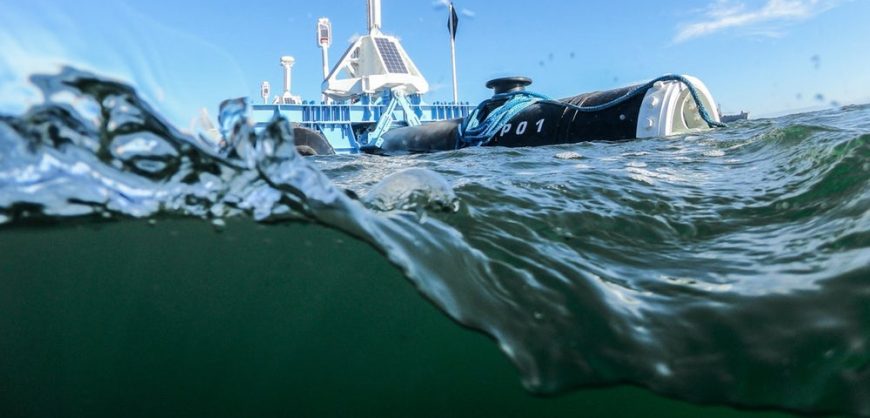Following more than five years of development, the moment of truth is fast arriving for the Ocean Cleanup Project. Team members added the finishing touches to their very first trash-catching system over the weekend, with less than a week to go until it is towed out towards the Great Pacific Garbage Patch.
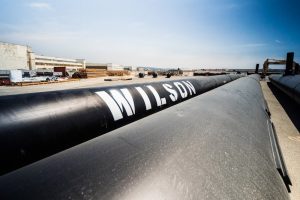
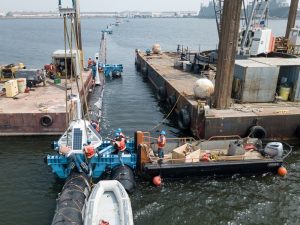
Dreamt up by Dutch aerospace engineering student turned entrepreneur Boyan Slat, the Ocean Cleanup Project is an ambitious venture to clean up the monumental amount of plastic waste from the ocean.
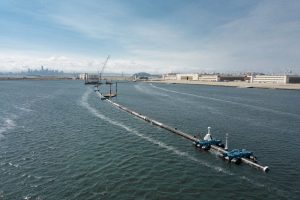

It has been through numerous iterations, with several prototypes tested at sea along the way. The final design comprises a 600-m-long (2,000 ft) u-shaped barrier with a skirt hanging below, and uses a mix of winds, currents and surface waves to sweep through the Garbage Patch and gather up plastic waste for collection. For more specifics on how it works, you can check out our earlier coverage.


The team moved into an old naval base in San Francisco in February, where the last six months have been spent piecing the device together. Assembly of the cleanup system was finally completed over the weekend, after it had been transferred to the Seaplane Lagoon alongside the naval base the previous week.
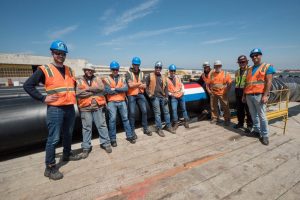
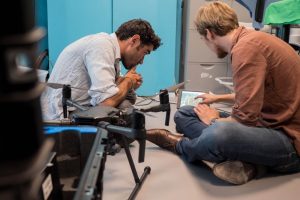
It is now all systems go for a rollout this coming weekend. On Saturday September 8, a Maersk Launcher vessel will tow the system, which has been named Wilson in reference to the famous volleyball from the film Cast Away, out past Alcatraz, beneath the Golden Gate Bridge and into the Pacific Ocean.
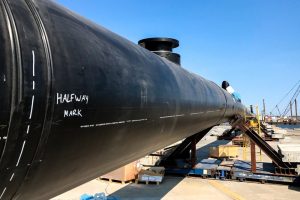

There, around 250 nautical miles (463 km) offshore, the system will undergo operational testing over a period of two weeks, before continuing on to the Great Pacific Garbage Patch. The team estimates a fleet of its trash-collecting systems can clean 50 percent of the Great Pacific Garbage Patch every five years.
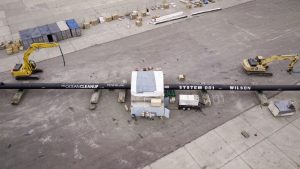
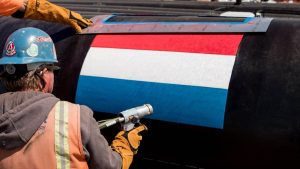
The video below also offers an explainer of the final system design and technology.
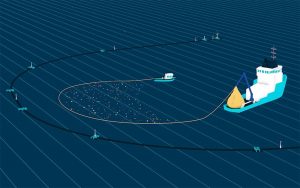
Source: Ocean Cleanup

